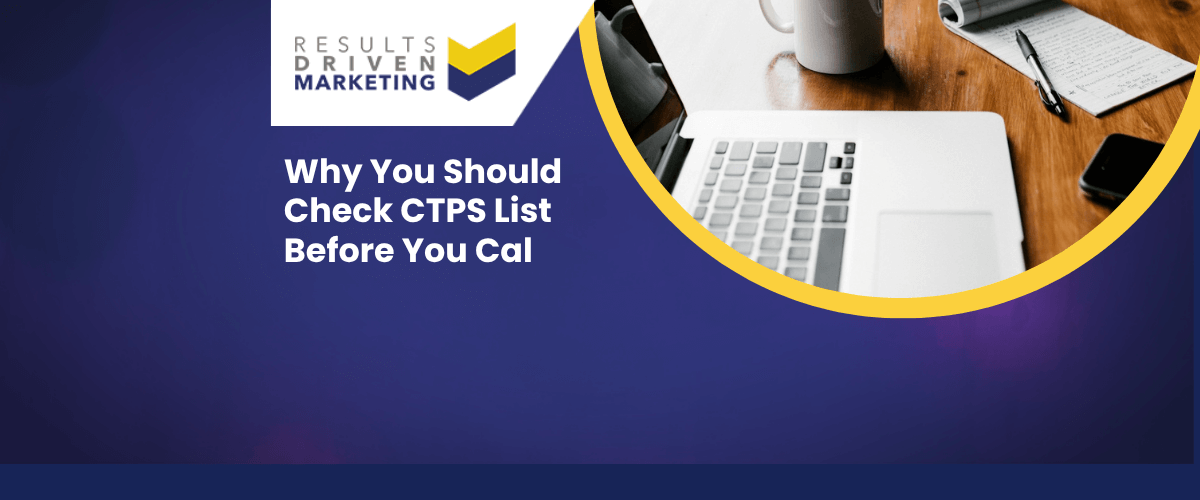
What Percentage of Emails Are Spam?
What Percentage of Emails Are Spam?
In 2022, nearly 49 percent of all e-mails worldwide were identified as spam, up from 46 percent in 2021.
While remaining a big part of the e-mail traffic, since 2011, the share of spam e-mails has decreased significantly. In 2022, the highest volume of spam e-mails was registered in February, approximately 53 percent of e-mail traffic worldwide.
The Significance of Knowing What Percentage of Emails Are Spam?
In today’s digital age, email remains a dominant form of communication for businesses, marketers, and individuals alike. However, with the convenience of electronic communication comes an ever-present challenge: spam. Understanding the depth and breadth of this issue is encapsulated in a seemingly simple question: What Percentage of Emails Are Spam? Let’s explore the importance of this metric and its implications.
1. Understanding the Scale of the Problem
Firstly, quantifying the issue helps stakeholders comprehend its magnitude. By identifying what percentage of emails are spam, businesses and individuals gain a clearer picture of the overall email landscape. This perspective is crucial in gauging the extent of the problem and subsequently formulating strategies to address it.
2. Improved Email Management
Knowing the average spam rate can guide businesses in implementing more robust email filtering and management systems. If a significant portion of emails is spam, investing in advanced email filtering solutions becomes a necessity rather than a luxury.
3. Protecting Security and Privacy
Many spam emails are not just annoyances; they are potential security threats. Phishing attempts, malware-laden attachments, and scams often hide behind seemingly innocuous spam messages. Recognizing what percentage of emails are spam underscores the importance of maintaining vigilant email practices to protect sensitive information.
4. Enhancing Email Marketing Strategies
For marketers, understanding the spam rate can provide insights into the challenges of email deliverability. If a substantial proportion of emails are flagged as spam, it indicates the need to refine email marketing strategies to ensure legitimate communications are not lost in the shuffle or, worse, marked as spam.
5. Reducing Operational Costs
Every spam email that enters a company’s system takes up server space, requires processing power, and consumes employee time when manually sorted or deleted. By assessing what percentage of emails are spam, businesses can anticipate potential operational costs and address them proactively.
6. Informing Policy and Regulation
On a broader scale, understanding the prevalence of spam can guide policymakers in developing more stringent regulations around electronic communications. Adequate legislation can act as a deterrent for potential spammers and provide a framework for penalizing malicious actors.
7. Raising Public Awareness
Finally, quantifying the spam problem helps in raising awareness among the general public. Educating users about the scale of spam encourages more cautious email behaviours, such as not opening suspicious emails or clicking on dubious links, thus safeguarding their digital well-being.
In Conclusion: Navigating the Deluge of Digital Deception
The digital realm, while transformative, comes with its own set of challenges, and among the most pervasive is the inundation of spam emails.
Addressing the question, What Percentage of Emails Are Spam?, has allowed us to delve deep into the vast universe of unsolicited communications. Throughout the article, we’ve highlighted the significance of this metric, not just as a statistic, but as a reflection of the broader challenges in electronic communication.
From understanding the sheer volume of spam to recognising its implications for security, operational costs, and email marketing strategies, it’s evident that spam emails are more than just a digital annoyance. They represent a continuous challenge for individuals, businesses, and policymakers alike.
Grasping what percentage of emails are spam not only informs our immediate actions—like investing in robust filters and being cautious with suspicious emails—but also shapes broader strategies and policies to safeguard our digital future. In essence, in the quest for secure and efficient electronic communication, understanding the prevalence and impact of spam is paramount.
Who are we?
Dedicated to lead generation, Results Driven Marketing provides myriad services SMEs can trust to deliver results.
Our marketing lists are guaranteed accurate to industry high standards, and GDPR compliant and our experience team means that if you are looking to buy data, they make them totally bespoke and highly relevant whether you are looking for email lists, direct mailing lists or telemarketing lists.
Our email marketing software is highly rated. Responder provides the automation tools you need to put your marketing on autopilot.
We also supply email marketing solutions with our email marketing platform.
Call us today on 0191 406 6399 to discuss your specific needs.
Results Driven Marketing
0191 406 6399






